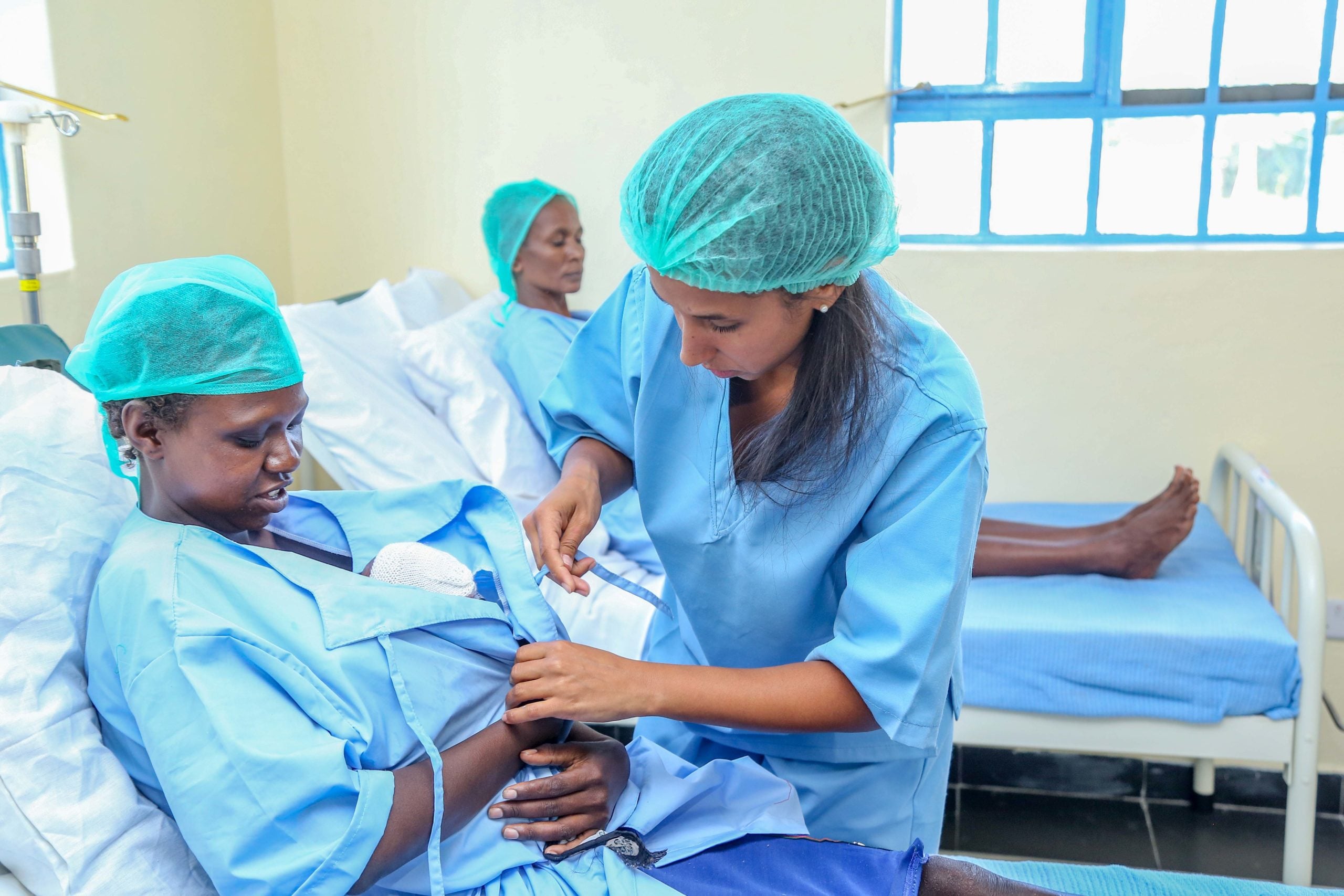
As the world recognizes World Thrombosis Day, the public, healthcare professionals and policymakers throughout Africa are encouraged to keep their “Eyes Open to Thrombosis” and work together to address thrombosis as an urgent global health issue.
A campaign of the International Society on Thrombosis and Haemostasis (ISTH), World Thrombosis Day connects and empowers more than 3,000 partner organizations and individuals from more than 120 countries to join forces to advance the awareness, treatment and prevention of blood clots.

Thrombosis, commonly known as blood clots, can trigger a number of life-threatening medical conditions, including heart attack, thromboembolic stroke and venous thromboembolism (VTE). VTE occurs when one or more blood clots form in a deep vein, most often in the leg (deep vein thrombosis, DVT), and travel through the circulation to lodge in the lungs, creating a condition known as pulmonary embolism or PE.
“Despite the fact that one in four people worldwide are dying from conditions caused by blood clots, it is not widely known, and is an urgent public health issue,” said Prof. Beverley Hunt, OBE, chair of the World Thrombosis Day Steering Committee.
This year, thrombosis became a serious topic of conversation as research showed an increased risk of blood clots in hospitalised patients with COVID-19 pneumonia. Additionally, blood clots were found to be a very rare, but serious side effect of certain COVID-19 vaccines.
“In a turbulent year due to the COVID-19 pandemic, we have unfortunately seen an increased rate of hospital-associated clots due to sick patients with COVID-19,” noted Prof. Hunt. “The risk of clots in COVID-19, along with the other causes of hospital-associated clots, can be reduced if thromboprophylaxis is used (blood thinners).”
 The World Thrombosis Day campaign focuses on the following areas this year:
The World Thrombosis Day campaign focuses on the following areas this year:
Hospital-associated thrombosis: Hospitalised patients are at an increased risk of blood clots due to immobility, their illness and/or surgery. Hospital-associated clots can occur in the hospital or within 90 days of discharge, and account for 60 percent of all VTE as well as being the leading cause of preventable death of hospitalised patients.
COVID-19-related thrombosis: Research shows that COVID-19 increases the risk of clots by making the blood very “sticky.”
Cancer-related thrombosis: Patients with cancer are four times more likely to develop a serious blood clot compared with the general population. This increased risk is driven by factors such as surgery, hospitalisation, infection, and genetic coagulation disorders by cancer-specific factors including type, histology, stage of the malignancy, cancer treatment and certain biomarkers.
Gender-specific thrombosis: Estrogen-based oral contraceptive pills and hormone replacement therapy (HRT) pills, as well as pregnancy are all blood clot risk factors for women. Women are five times more likely to develop a blood clot during pregnancy and about one in every 1,000 pregnant women will develop a blood clot. (Centers for Disease Control and Prevention, 2020, and Cardinal Health, 2019)
Approximately 10 million cases of VTE occur annually across the world, yet the condition can often be prevented with early detection and preventative blood thinners. The World Thrombosis Day campaign calls upon healthcare professionals to provide VTE risk assessments to all hospitalised patients. In addition, the campaign encourages the public, including patients, to advocate for a VTE risk assessment.
Henry Ddungu, MB.Ch.B., MMed at the Uganda Cancer Institute and a member of the World Thrombosis Day Steering Committee said, “Early identification is critical to countering the risks of blood clots, which is why it is so important that we educate people about the different types of thrombosis and how to recognise early warning signs. It is equally important that healthcare professionals are on board to manage that risk, which is why we are calling for mandated VTE risk assessments for people who have been hospitalised.”
World Thrombosis Day shares these key tips to help prevent blood clots:
Know the signs and symptoms of a blood clot. Red flags include unexplained leg pain, sometimes associated with tenderness, redness and swelling. A pulmonary embolism can cause shortness of breath, rapid breathing, chest pain and occasionally coughing up blood.
Ask for a VTE risk assessment. All individuals, especially those who are hospitalised, should ask their healthcare professional for a VTE risk assessment, a questionnaire that gathers medical information to discern a patient’s potential risk factors for developing blood clots.
Stay active and hydrated. If you plan to sit still for a long period of time, set an alarm for five minutes before every hour, and use that time to get up, walk around and stretch. Staying immobile for long periods of time can increase the risk of blood clots. Drink plenty of water to prevent dehydration, which can cause blood to thicken, resulting in blood clots.















